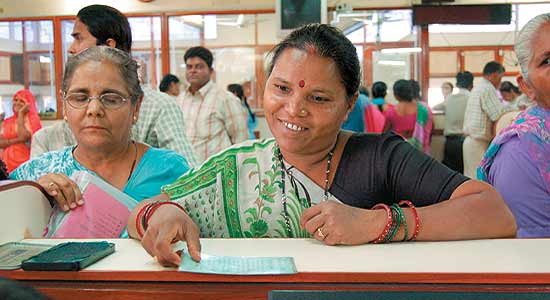The government has sanctioned an additional Rs 700 crore for the recapitalisation of weak regional rural banks (RRBs)
The validity period for the fund infusion has been extended to 2016-17.
RRBs are unable to maintain their minimum Capital to Risk weighted Assets Ratio (CRAR) of 9% so this decision will help them improve this ratio.
A strong capital structure and minimum required level of CRAR will ensure financial stability of RRBs which will enable them to play a greater role in financial inclusion and meeting the credit requirements of rural areas.
In this year’s budget funds of Rs 15 crore were allotted for recapitalisation of RRBs.
About Regional Rural Banks
RRBs were established under Regional Rural Banks Act, 1976 to create an alternative channel to the ‘cooperative credit structure’ and to ensure sufficient institutional credit for the rural and agriculture sector.
RRBs are jointly owned by the Centre, state governments and sponsor banks. The issued capitals are in proportion:
- Centre: 50%
- State: 15%
- Sponsor Banks: 35%
Functions of RRBs
- Providing banking facilities to rural and semi-urban areas.
- Carrying out government operations like disbursement of wages of MGNREGA workers, distribution of pensions etc.
- Providing Para-Banking facilities like locker facilities, debit and credit cards.
What is Capital Adequacy Ratio?
- Capital Adequacy Ratio also known as Capital to Risk weighted Assets Ratio (CRAR) is the measure of a bank’s financial strength expressed by the ratio of its capital to its risk-weighted credit exposure (loans).
- Minimum CAR prescribed by RBI is 9%
- A bank with a higher capital adequacy is considered safer because if its loans go bad, it can make up for it from its net worth.



